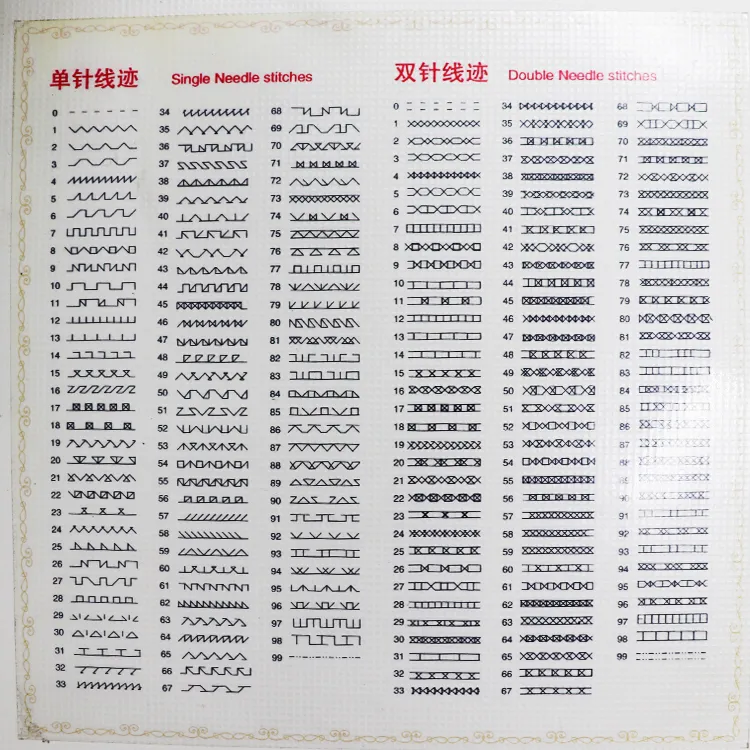Sewing Techniques for Working with Heavy Threads and Fabrics
Sewing with Thick Thread A Guide to Mastering Your Craft
Sewing is an art that invites creativity and innovation, and one of the pivotal aspects that can enhance your projects is the choice of thread. Thick thread, often used in heavy fabrics and specialized applications, provides a unique aesthetic and functional benefits. In this article, we will explore the advantages of using thick thread, tips on how to sew with it effectively, and the types of projects that can greatly benefit from its use.
Advantages of Thick Thread
Using thick thread in sewing comes with several advantages. Firstly, it adds a distinct visual appeal to your work. Thick threads create bold lines and can highlight the seams or decorative stitches in a way that finer threads cannot. Moreover, this type of thread can supply extra strength to seams, making them more durable and able to withstand tension in areas of high stress, such as on bags, upholstery, and outdoor gear.
Thick thread is also compatible with specific sewing techniques such as topstitching, which involves sewing on the top layer of fabric to add functional and decorative elements. The prominence of thick thread in topstitching not only enhances visibility but also allows for more creativity in designs, offering various textures and finishes.
Tips for Sewing with Thick Thread
While sewing with thick thread can present some challenges, with the right techniques, you can achieve beautiful results. Here are some tips to keep in mind
1. Choose the Right Needle Selecting the appropriate needle is crucial when working with thick thread. A larger needle, such as a jeans or heavy-duty needle, is often necessary as it has a larger eye to accommodate the thicker thread.
sewing with thick thread

2. Adjust Your Tension Thicker threads may require adjustments to the tension settings on your sewing machine. Start with a lower tension and test on a scrap piece of fabric to find the right balance that produces even stitches without puckering.
3. Use a Walking Foot A walking foot can be a game-changer when sewing with thick thread, especially when working with multiple layers. It helps to evenly feed the fabric through the machine, reducing the likelihood of distortion or shifting.
4. Select the Right Fabric Thick threads pair well with heavier fabrics, such as canvas, denim, and upholstery materials. Ensure that the fabric can handle the weight of the thread, as using it on lighter materials can lead to issues, including tearing or puckering.
5. Experiment with Stitch Types Decorative stitches can be beautifully accentuated with thick thread. Try experimenting with various stitch types and spacing to achieve distinctive results that elevate your projects.
Projects Suitable for Thick Thread
Thick thread is especially useful for projects such as handbags, quilts, and home decor items. It can be utilized in creating sturdy seams for tote bags or in embellishing quilts with bold topstitching. Upholstery sewing also benefits from thick thread, ensuring that cushions and chairs remain durable and visually striking.
In conclusion, sewing with thick thread opens up a world of creative possibilities. By understanding its benefits and applying the right techniques, you can enhance the quality and aesthetics of your sewing projects. Whether you are a seasoned sewist or a beginner, experimenting with thick thread can lead to impressive results in your crafting journey.
-
Industrial Cylinder Arm Sewing Machine: Revolutionizing Heavy-Duty SewingNewsJul.28,2025
-
Cylinder Arm Sewing Machine: Perfect for Special Sewing ApplicationsNewsJul.28,2025
-
Cylinder Bed Sewing Machine: Essential for Sewing Complex MaterialsNewsJul.28,2025
-
Heavy Duty Sewing Machine: The Essential Tool for Industrial ApplicationsNewsJul.28,2025
-
Computerized Pattern Sewing Machine: Revolutionizing Precision StitchingNewsJul.28,2025
-
Heavy Duty Industrial Sewing Machine: Power Meets PrecisionNewsJul.28,2025
-
Leather Sewing Machine: The Industrial Standard for Tough MaterialsNewsJul.18,2025





























